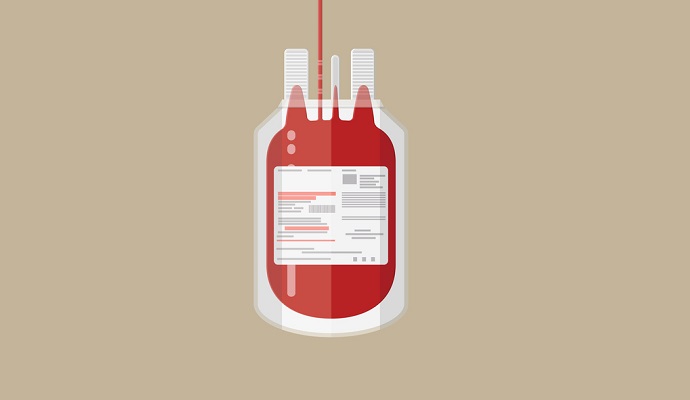Blood Testing, Predictive Analytics Determine COVID-19 Severity
Through a blood test using predictive analytics, researchers can project the severity of COVID-19 in patients.

Source: Thinkstock
- Researchers from the American Chemical Society have developed a blood test using predictive analytics to determine if individuals with COVID-19 will experience severe symptoms or not. According to the researchers, the test will assist healthcare workers in prioritizing patients for hospitalization and intensive care.
During the height of the pandemic, providers saw the healthcare system become overwhelmed with patients seeking treatment for COVID-19. With more contagious variants of the virus on the rise, the predictive blood test could be a critical tool for effective and efficient care.
While many people who become infected with COVID-19 experience little to no symptoms, others require intensive care for pneumonia with acute respiratory distress syndrome. Risk factors can include older age and chronic conditions such as heart disease, cancer, and diabetes. However, risk factors alone are not enough to predict how sick a patient may get.
Measuring levels of certain proteins or metabolites in the blood has been a suggested solution, but those are often slow, complicated, and expensive. To assist with hospital triage, researchers aimed to create an easy-to-use way to quickly and cost-effectively predict COVID-19 severity in patients.
The team of researchers used a technique called attenuated total reflectance Fourier transform infrared spectroscopy (ATR-FTIR),to measure changes in blood biochemistry that occur during severe COVID-19 infection. ATR-FTIR has also been tested previously as a COVID-19 diagnostic tool.
“Two regions of FTIR spectra from 128 patient plasma samples showed small but observable differences between those with severe and non-severe COVID-19. Using these data together with clinical information about patients, the researchers developed a statistical model to predict COVID-19 severity,” the press release stated.
The researchers found that the best indication of severe COVID-19 infect was whether the patient had diabetes, then followed by the two regions in the FTIR spectra. By adding the FTIR data to the model, the sensitivity of detecting severe COVID-19 went from 41.2 percent to 94.1 percent. However, specificity was reduced from 84.6 percent to 69.2 percent compared with the clinical factors alone.
“This means that the new test was more likely to identify severe cases, but it also had a higher rate of false positives, than the clinical data alone,” the press release said.
The researchers acknowledged that while this strategy needs to be tested in a larger number of patients, it shows promise to be a quick, simple, and economic triaging method for hospitals and patients.
